Beijing's neighbors major source of PM 2.5
Updated: 2014-04-17 02:42
By Zheng Xin (China Daily)
|
||||||||
Neighboring regions are one of the major contributors to the Chinese capital’s PM 2.5 pollution — particulate matter with a diameter less than 2.5 micrograms that can go deep into the lungs and is extremely harmful to health — according to recently updated research by the city’s environmental watchdog.
As much as 28 percent to 36 percent of Beijing’s PM 2.5 pollution is contributed by neighboring regions, including Tianjin and Hebei province, according to the PM 2.5 source-identification study released by the Beijing Environmental Protection Bureau during a news briefing on Wednesday.
The study was jointly conducted by the bureau, the Beijing Environmental Protection Monitoring Center, the Chinese Research Academy of Environmental Sciences and Peking University, the bureau said.
Among the local culprits for the city’s notorious smog, automobile exhaust contributes the most, accounting for 31.1 percent of the emissions in the city, said Chen Tian, head of the bureau.
Monitoring stations by roadsides register an obviously higher PM 2.5 intensity compared with other monitors, mostly due to direct emissions from automobiles, which also stir up dust while driving, further worsening pollution, the bureau said.
As one of the areas hit hardest by smog, the Beijing-Tianjin-Hebei region has been conducting studies to identify the sources of PM 2.5.
Results on the pollution sources for Tianjin and Shijiazhuang of Hebei province will be released by June, and the Pearl River and Yangtze River delta areas as well as the rest of the cities in Hebei province will reach a conclusion of identified pollution sources by the end of this year, as required by the Ministry of Environmental Protection.
The study and analysis of what contributes to the atmospheric pollution will provide essential evidence for policymaking by the central government to deal with the hazy days, said Chen.
The analysis is a fundamental basis for Beijing’s clean air action plan, he said.
According to the plan, more than 300 polluting industries will be shut down this year.
In addition to the 31.1 percent of pollution contributed by automobile exhaust, the burning of coal contributes 22.4 percent and industrial emissions contribute 18.1 percent, according to the bureau.
As much as 26 percent of PM 2.5 are organic pollutants, 17 percent are nitrate and 16 percent are sulfate, it said.
According to the city’s study of PM 2.5 sources in 2011, the proportion of pollution contributed by neighboring areas was 24.5 percent, lower than found in the latest research.
Wang Gengchen, a researcher at the Chinese Academy of Sciences’ Institute of Atmospheric Physics, said that because the external sources of pollution are dynamic, it’s natural to see data gaps in different research.
Regardless of the different figures provided by different studies, pollution from neighboring regions is a major contributor to the city’s PM 2.5 pollution, Wang said.
Chen said the government is seeking to introduce a stricter fuel standard to reduce the hazards posed by automobile emissions.
The capital is considering introducing a stricter standard for fuel, or the Beijing phase VI fuel standard by 2016, an upgrade from the current National V fuel standard, which calls for sulfur content of no more than 10 parts per million.
The new standard would be the strictest worldwide, the bureau said.
According to the timetable for fuel quality upgrade nationwide, the National V standard for automobile gasoline and diesel should be implemented nationwide by the end of 2017. Regions including Beijing, Shanghai and Jiangsu have already adopted the new standard.
The bureau also vows to introduce a congestion fee to be levied on vehicles in downtown Beijing, following the practice of cities abroad including London, Milan and Tokyo.
It also seeks to beef up the amount of new energy vehicles, increasing the number to 200,000 by 2017.
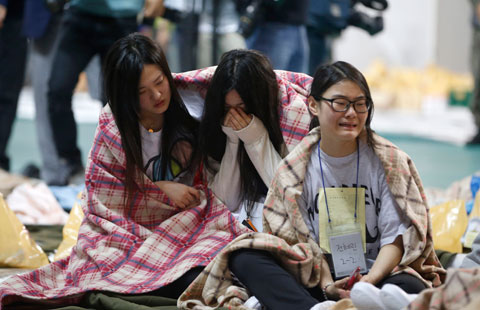
 Families of missing passengers face agonising wait
Families of missing passengers face agonising wait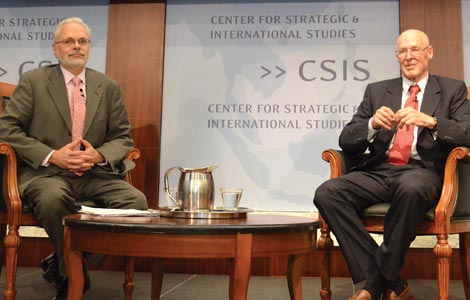
 US 'wants China's to succeed in its reforms'
US 'wants China's to succeed in its reforms'
 Silver surfer has ridden waves for six decades
Silver surfer has ridden waves for six decades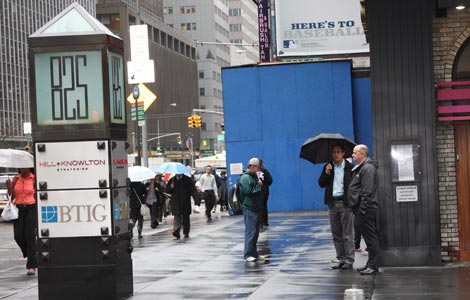
 China's CITIC acquires stake in NY brokerage firm BTIG
China's CITIC acquires stake in NY brokerage firm BTIG
 British royal family's last day in NZ
British royal family's last day in NZ
 Boston shows its heart on bombing anniversary
Boston shows its heart on bombing anniversary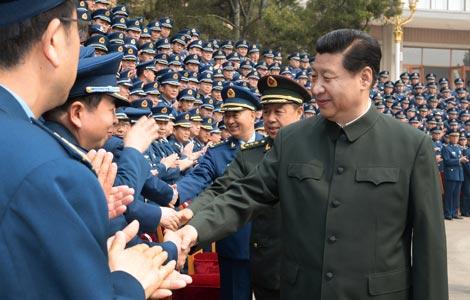
 Xi: Integrate space and air roles
Xi: Integrate space and air roles
 China certifies Sikorsky S-76D helicopter for 'growing' market
China certifies Sikorsky S-76D helicopter for 'growing' market
Most Viewed
Editor's Picks

|
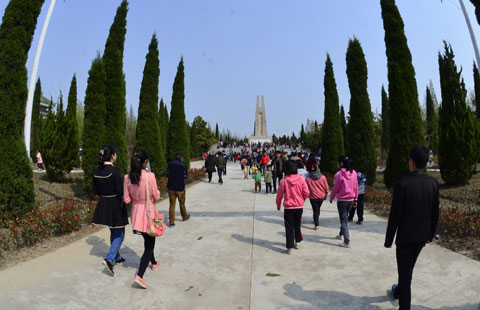
|
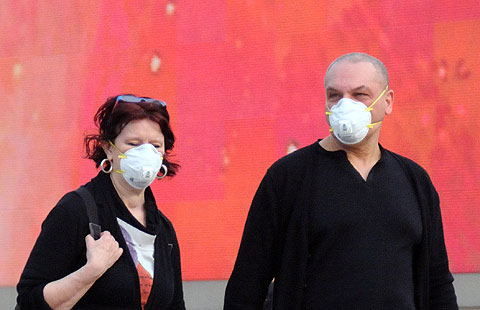
|
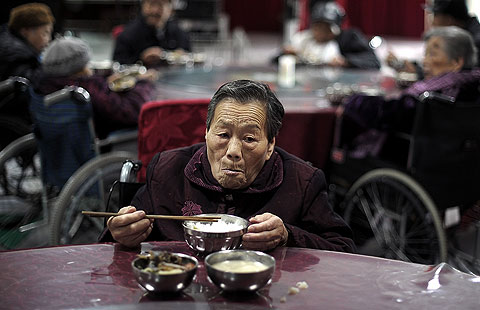
|

|
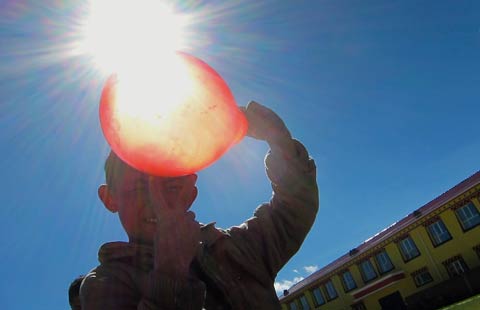
|
Today's Top News
British minister urges Scotland to remain in Britain
US says Ukraine not on brink of civil war
NATO to take "further military measures" over Ukraine crisis
6 dead, hundreds missing after ferry sinks
Q&A: Key facts about South Korean ferry sinking
World's worst ship disasters since 2013
US Treasury declines to name China as currency manipulator
Solar power surging in Latin America with World Cup fever
US Weekly

|

|







